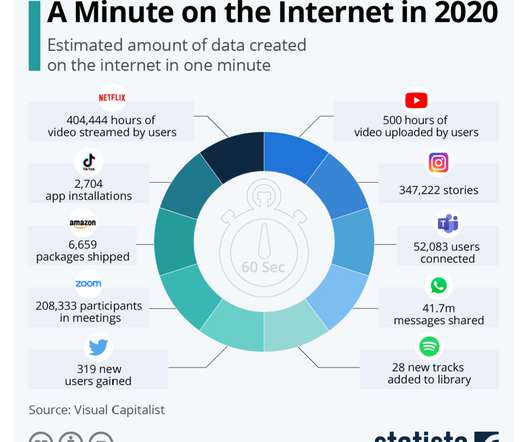The Impacts of Data Loss on Your Organization
Security Affairs
JULY 3, 2023
Understanding the different types of data is crucial for organizations as it helps them devise appropriate data protection and management strategies. Data can be classified into; Structured Data: Structured data refers to information that is organized in a predefined format.














Let's personalize your content